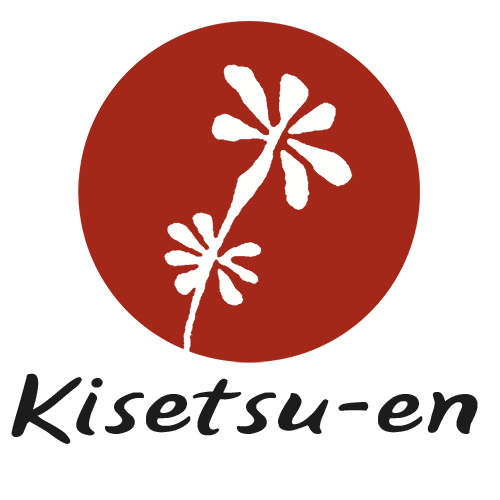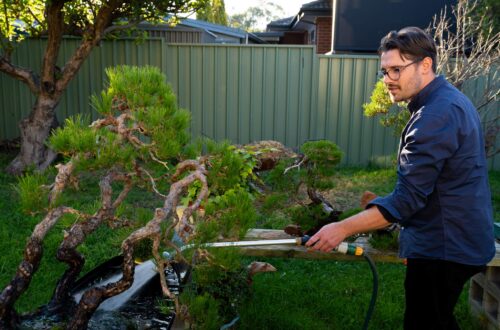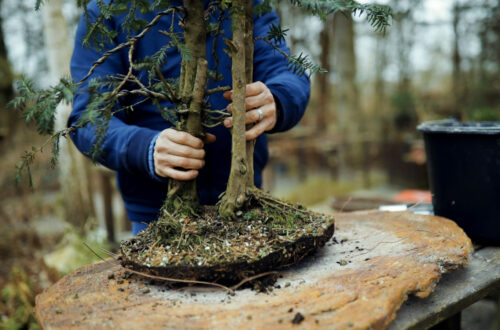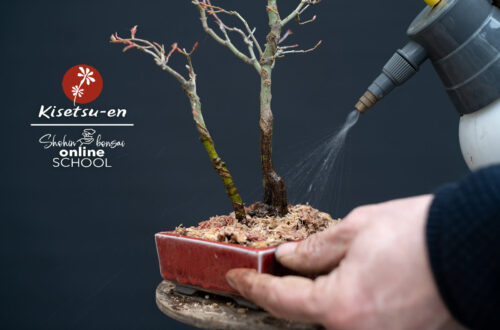4 of top 5 bonsai
May I present: The Juniper. Which is the fourth bonsai I have added to this fun personal top 5 list of favourite bonsai. I could easily have made a top ten list, but we keep it at five.

Junipers are without doubt one of the most popular specimens all over the bonsai world. Its qualities as a dramatic, powerful and elegant tree is without competition. The fresh green foliage arranged in dense foliage pads contrasting twisting deadwood and a elegant live veins curving is well known to many bonsai enthusiasts.

As Shohin it is excellent, getting it to thrive even as a small mame bonsai. A bit difficult to find good material around for decent money in the large scale, but if you have a go with Shohin it is possible to make something from raw nursery material. Pests are rare when it comes to the Shimpaku and Juniperus chinensis varieties, but needle Junipers can be attacked by fungus that goes into the trunk and branches, and leaving a orange slime fungus appearing in spring. It doesn’t harm the life of the tree, but i will make bulk not desirable at the point where the fungus lives.
The foliage pads on the Shimpaku and J. chinensis have to be treated carefully. Do not pinch new growth regularly, but cut at a lower point when growth is too strong, and only remove new growth by cutting below the soft foliage. Else the foliage and tree will weaken.
I personally do not prefer the needy cleaned, brushed and oiled bark, that is a fashion with especially Shimpaku junipers. Like the yew, I prefer old matured bark that look a bit more greyish but have the natural appearance and aged expression. Disadvantages only come to the lacking of healing over wounds from removal of larger branches. These wounds have to be hidden at the backside, or treated as natural deadwood in the design.
Junipers are among the most wide-spread bonsai specimens, and therefore there also is a risk of getting tired of seeing the same uniform styles mass produced. There are some varieties very good for bonsai. To mention a few is the Shimpaku and J. chinensis as they are fairly easy to grow, and have dense foliage by nature. The Shimpaku with darker green needles and a bit more compact growth than chinensis. Other varieties are some needle Junipers as J. communis and J. procumbens that also can be successfully grown as bonsai.





No Comments
africanbirding
Reblogged this on Wolf's Birding and Bonsai Blog.